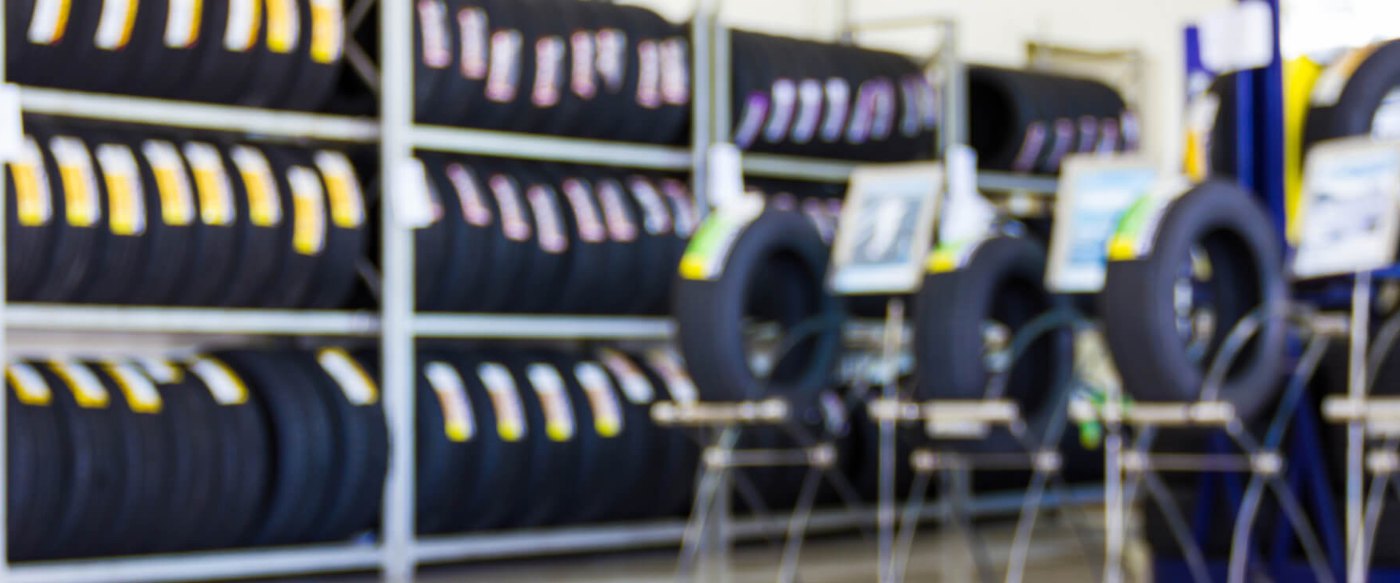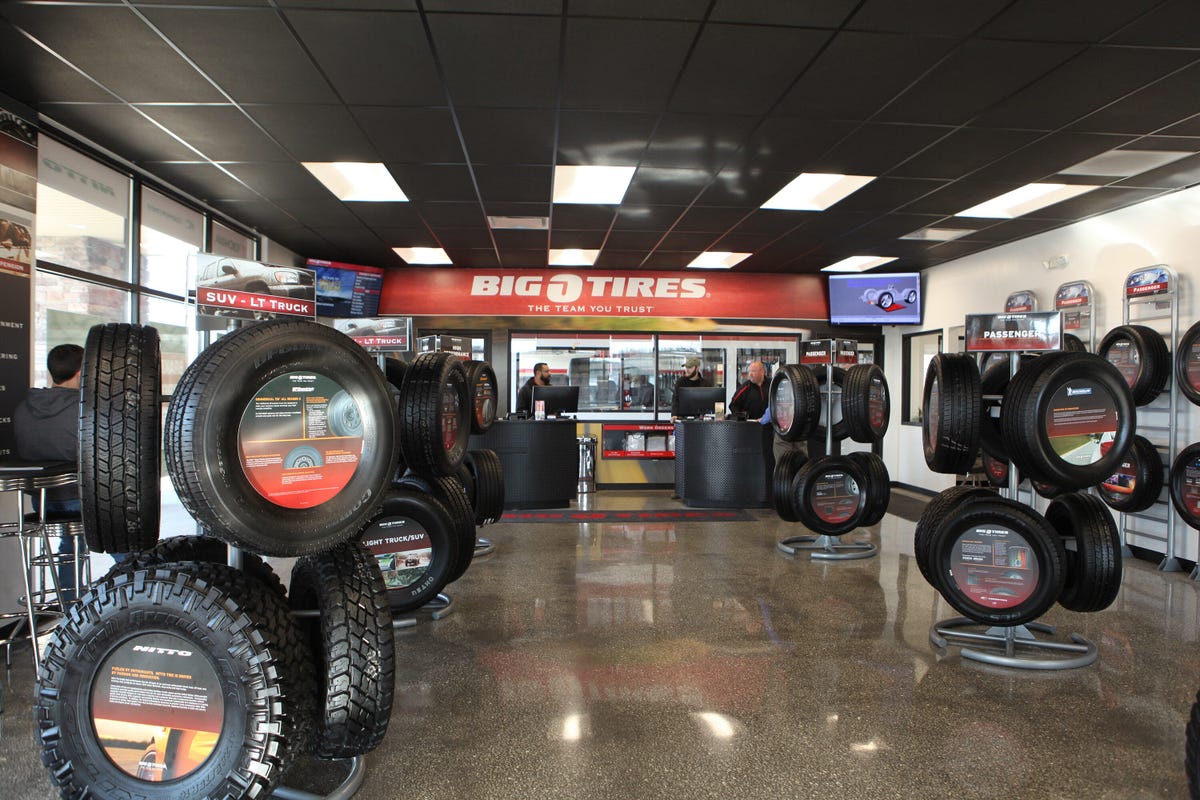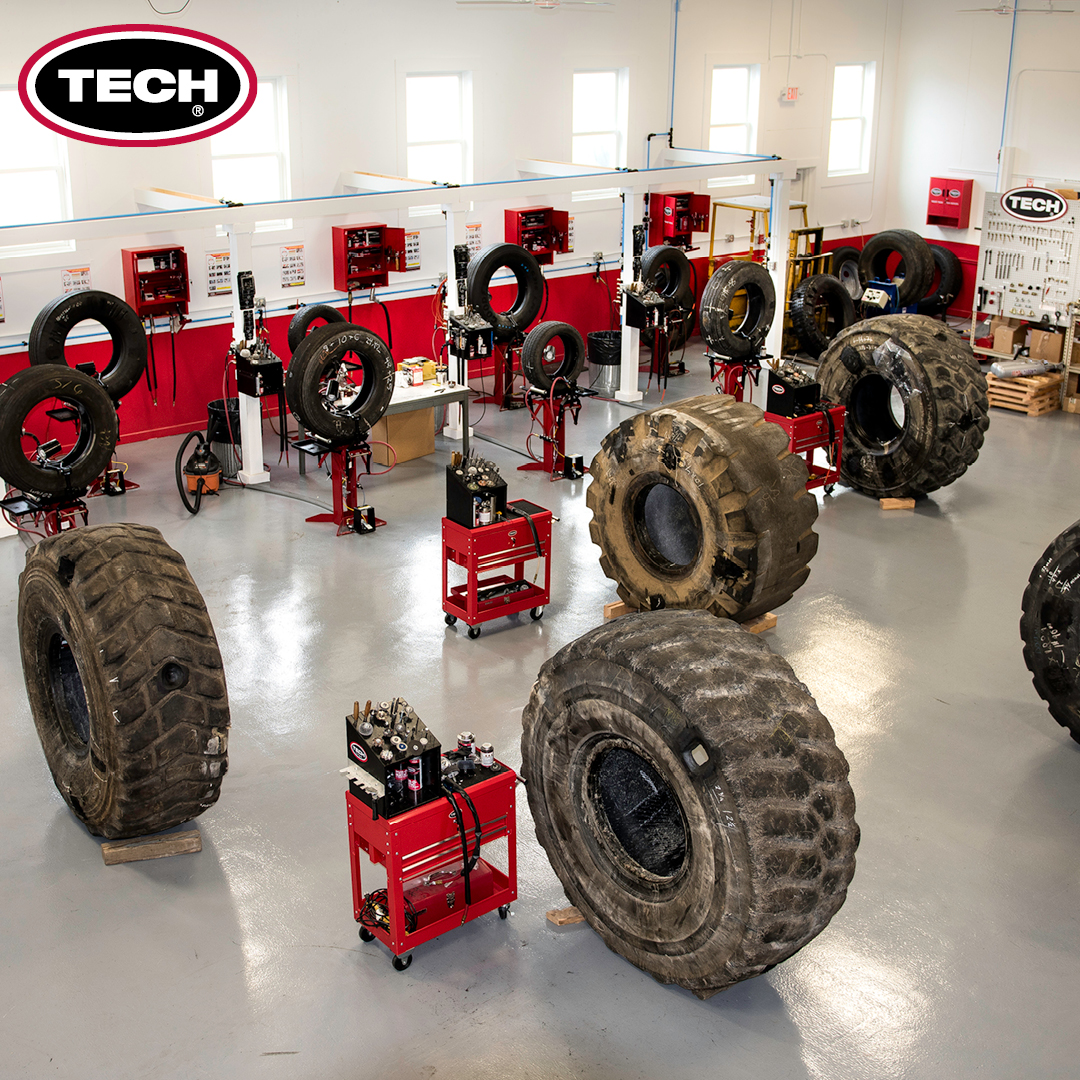The Science Behind Tire Repair Work and Security
When it comes to the complex globe of tire upkeep and security, there exists a realm of scientific research that often stays unseen by the average chauffeur - morris tire. The materials that make up a tire, the impact of tire pressure on general safety and security, the implications of tread wear, the intricate characteristics of tire traction, and the often-overlooked significance of appropriate wheel positioning all play crucial duties in making certain a vehicle runs safely and efficiently. As we browse with the complexities of tire repair service and safety and security, it ends up being noticeable that a much deeper understanding of these clinical principles is not just beneficial yet crucial for each chauffeur on the road
Tire Composition and Performance
What materials make up the structure of tires, and how do these elements add to their functionality on the road? Steel cables are incorporated to enhance the tire's strength and aid it keep its shape under various road problems.
The rubber compounds provide grip and grip, enabling the tire to adhere to the road surface area and supply security throughout acceleration, stopping, and cornering. In general, the mindful choice and mix of these products ensure that tires can do successfully and securely on numerous roadway surfaces and problems.
Effect of Tire Pressure on Safety And Security
Keeping appropriate tire stress is necessary for guaranteeing optimum safety and efficiency while driving. The influence of tire pressure on security can not be overemphasized. Underinflated tires are vulnerable to getting too hot, which can result in tire blowouts, specifically at high speeds. In addition, low tire stress influences the handling and responsiveness of the lorry, increasing the risk of crashes, specifically during emergency maneuvers. On the various other hand, overinflated tires have less call with the road surface area, minimizing grip and triggering irregular wear on the tire treads. This jeopardizes the automobile's security and braking efficiency, presenting a significant safety risk. Correctly inflated tires likewise play a vital function in gas performance, as underinflated tires can raise moving resistance, leading to lowered gas mileage. Regularly checking and maintaining the correct tire pressure not just makes sure safety and security however additionally expands the life expectancy of the tires, saving money on substitute prices in the long run.
Footstep Use and Its Ramifications
Correct surveillance of tire tread wear is essential for making certain ideal performance and safety and security on the road. As tires use down, the depth of the step lessens, minimizing the tire's capacity to maintain grip, especially in slippery or damp problems. The walk pattern and deepness play an important duty in funneling water far from the tire to stop hydroplaning and preserving grip when driving surface.
Indications of extreme step wear include bald spots, uneven wear, and the look of wear indicators. Hairless areas indicate local wear, which can bring about instability and enhanced risk of blowouts. Uneven wear may recommend problems with tire inflation, alignment, or suspension parts. Wear signs are developed into the tire tread and come to be noticeable when the step depth reaches a specific low factor, indicating the demand for prompt replacement.

Comprehending Tire Grip Dynamics
Keeping an eye on tire step wear not only guarantees ideal efficiency and safety yet additionally directly impacts the grip characteristics of the tires on various roadway surfaces. Tire traction is an essential element of lorry handling and security, as it establishes the hold between the tires and the roadway. Grip characteristics differ depending upon road conditions such as completely dry sidewalk, damp roads, snow, or ice.

Comprehending tire grip dynamics is essential for drivers to adjust their driving habits according to the roadway conditions. tire tracks morris il. Frequently click here for more info examining tire tread deepness and condition can substantially improve grip efficiency, guaranteeing safer driving experiences throughout various surfaces
Importance of Proper Wheel Placement
Ensuring appropriate wheel placement plays a crucial function in optimizing car performance and prolonging tire durability. Appropriate wheel placement entails changing the angles of the wheels to manufacturer specs, ensuring that they are vertical to the ground and parallel to each other. When positioning is off, it can bring about unequal tire wear, reduced fuel effectiveness, and jeopardized handling.
One of the vital advantages of preserving appropriate wheel alignment is improved managing and stability. Misaligned wheels can create the lorry to draw to one side, impacting steering control and total driving experience. Furthermore, correct alignment advertises even tire wear, preventing early tire substitute and minimizing upkeep prices in the future.

Conclusion
Finally, the scientific research behind tire repair work and security is essential for keeping car efficiency and making certain chauffeur safety and security. By comprehending tire structure, stress, tread wear, grip characteristics, and wheel alignment, vehicle drivers can avoid mishaps and lengthen the life-span of their tires. Appropriate maintenance and normal assessments are crucial for optimum tire performance and general lorry safety and security. By complying with these standards, chauffeurs can drive with confidence knowing that their tires are in excellent problem.
The products that compose a tire, the effect of tire stress on overall safety, the effects of walk wear, the intricate characteristics of tire grip, and the often-overlooked importance of proper wheel placement all play important roles in making sure a vehicle operates securely and successfully. On the various other hand, overinflated tires have less call with the road surface, minimizing traction and creating unequal wear on the tire footsteps. Routinely examining and keeping the appropriate tire pressure not only guarantees safety and security but likewise extends the life expectancy of the tires, conserving on substitute prices in the lengthy run.
Keeping an eye on tire step wear not only ensures ideal performance and safety my review here and security yet also directly influences the traction dynamics of the tires on different road surface areas. Tire grip is an important aspect of car handling and safety, as it determines the grip in between the tires and the road.